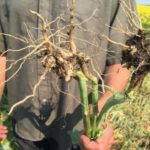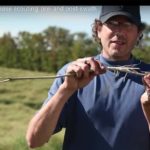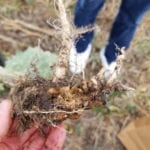
In denial? Farmers ‘failing’ in battle against clubroot
Scott Keller has crunched acreage numbers and found tight rotations and susceptible varieties are commonplace

Make a difference with good crop rotation
Benefits include lower disease control and fertilizer costs

When it comes to the big two crop diseases, those really were the good old days
Fifteen years ago, a ‘funny’ new disease was found — today clubroot combined with fusarium is a killer one-two punch

Twelve tips to clubroot management
Read more

A two-year break can prevent a clubroot horror show
Clubroot spores live for 20 years but new research says a surprising 99 per cent die in two years — if infestations are light
Read more

Counties remain vigilant — but not heavy handed — in clubroot battle
Extensive scouting, canola-growing bans, and seeking farmer buy-in are keys to containment strategy
Read more

Researcher offers ‘gospel’ to control clubroot before it spreads
If the infected area is small, mark it and give it special attention — which may even include hand-weeding
Read more

Way up north, there’s an unusual sight — soybeans
Peace Country growers are testing new early-maturing varieties of a crop associated with the American Midwest
Read more

Clubroot experts gather in Edmonton
Read more

Six steps to help prevent clubroot in canola
Read more

